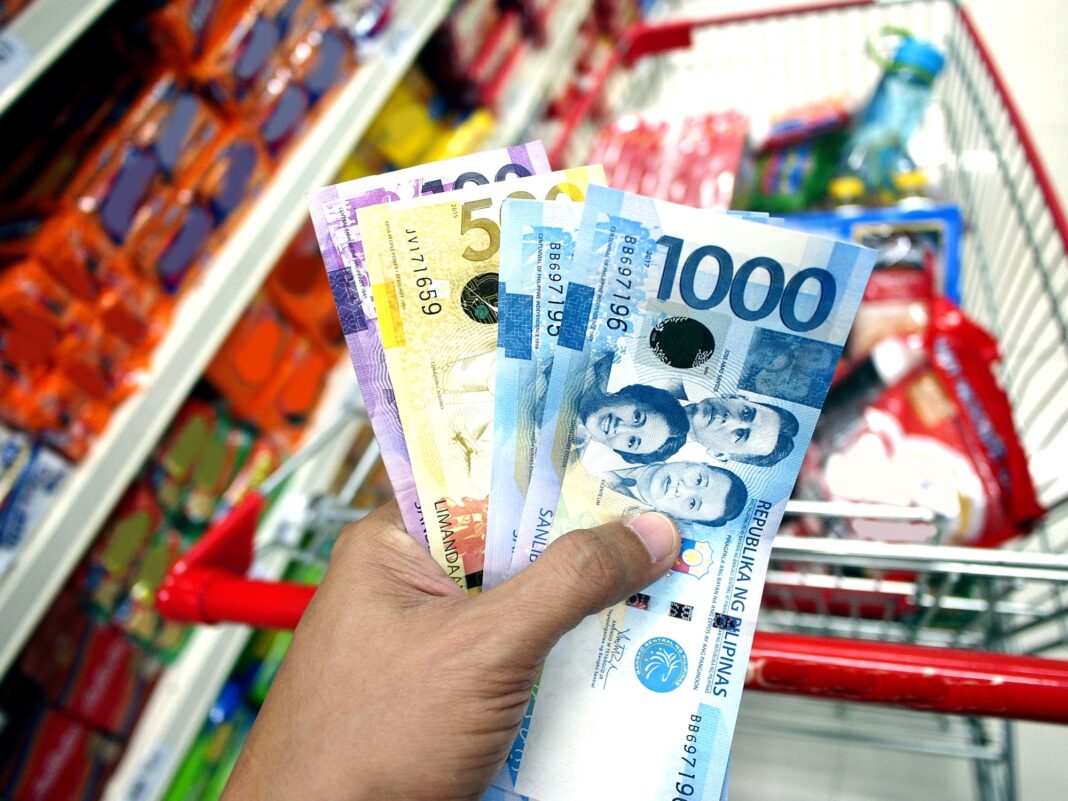
THE typhoon season and existing supply disruptions may lead to higher commodity prices in the Philippines, according to local think tank First Metro Investment Corp.-University of Asia and the Pacific (FMIC-UA&P) Capital Markets.
FMIC-UA&P Capital Markets said in their latest Market Call report that year-to-date inflation may hover above the target range of the Bangko Sentral ng Pilipinas (BSP).
However, the local think tank said the recent decision of the Organization of Petroleum Exporting Countries (Opec) to increase oil supply may cushion the impact of high costs on domestic commodity prices.
“We might see continued price upticks in the coming months, especially that the typhoon might cause another supply disruption—not to mention the supply and logistical restrictions arising from the lockdown which further adds to the production cost. On a positive note, Opec’s decision to increase crude oil supply might help soften future price acceleration,” the group said.
The think tank said despite the possible uptick in inflation, the BSP may not change its policy settings and reserve requirements until year-on-year inflation goes below 4 percent, which is expected in November.
Meanwhile, FMIC-UA&P Capital Markets said the Philippine economy is still expected to post decent growth by year-end, even with the less optimistic outlook of the National Economic and Development Authority (Neda).
The group noted that Neda revised its growth outlook to 4 to 5 percent this year due to Covid-19.
However, some sectors are expected to buoy the country’s economic performance. This includes the manufacturing sector, which in July posted a triple digit growth with 537 percent due to petroleum products.
FMIC-UA&P Capital Markets said the country’s external trade performance is also expected to boost the economy. They said exports have kept their double-digit growth at 12.6 percent in July.
“Investors, however, kept a more sanguine outlook as Japan Credit Rating Agency [JCR] maintained it’s A- stable rating for the country’s debt, while foreign investors have begun to boost the equities market. We remain confident that the economy will overcome the current obstacles—especially with faster vaccination rollouts and better weather conditions in the last four months of the year,” the think tank said.
Earlier, the World Bank’s East Asia and the Pacific Update cut 2021 GDP growth estimates for the Philippines by 1.2 percentage point to 4.3 percent from the 5.5-percent forecast made in April.
The World Bank also cut its projection for 2022 GDP growth to 5.8 percent in September from the 6.3-percent forecast made in April. Growth is still projected to reach 5.5 percent in 2023.
The World Bank estimates that the Philippines and Indonesia will only be able to achieve more than a 60-percent vaccine coverage by June 2022.
This, amid the challenges posed by “limited global production capacity and the decision to provide booster vaccines in industrial countries.”
This year, China, Mongolia, Fiji, Cambodia, Malaysia, Tuvalu and Thailand will be able to reach vaccine coverage of over 60 percent while Samoa, Tonga, Lao PDR, Timor-Leste, Vietnam, and Kiribati will get there by the first quarter of next year.
Countries such as Vanuatu, Solomon Islands, Myanmar and Papua New Guinea are expected to reach 60-percent coverage by the third quarter of next year or beyond.

